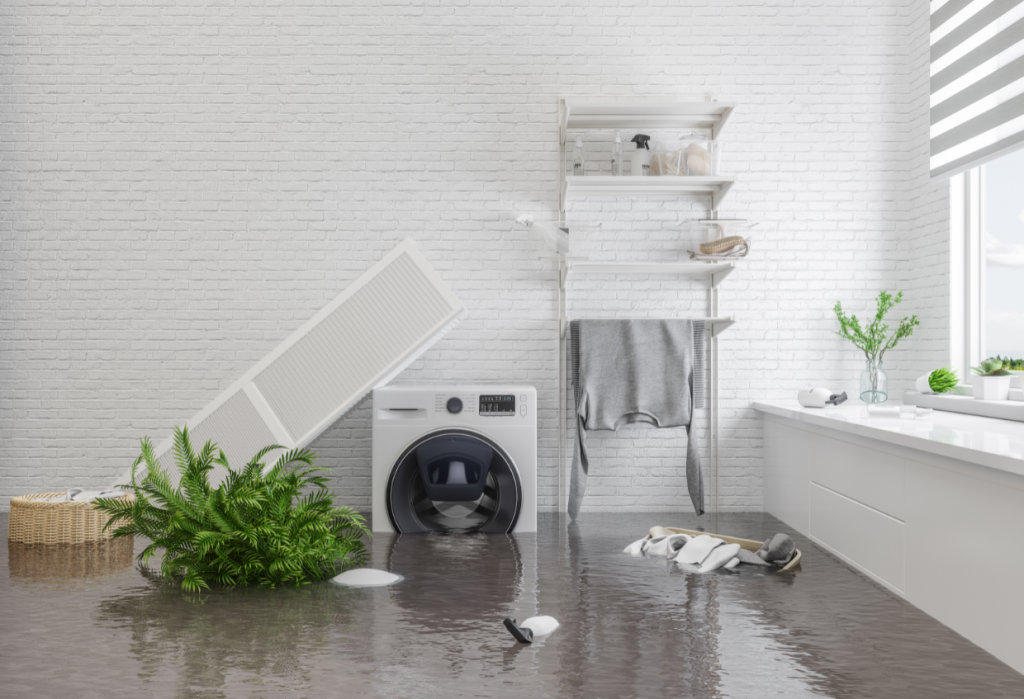The unthinkable has happened, and your home is flooded. You took precautions to minimize the chances, but here we are.
First, turn off the electricity to your house. Next, if you’re able, determine where the water came from. Knowing whether you’re dealing with clean, gray or black can not only impact how you manage to clean it all up, but also how much it might cost.
Floods will fall into one of these three categories:
- Clean water, such as from leaky pipes or rain. You can generally clean this up yourself. If you bring in a professional company, you’re looking at around $3.75/sq foot
- Gray water, like from dishwashers, washing machines, and clean toilet water. With the right safety equipment, you may be able to do this yourself, otherwise figure about $4.50/sq foot for professional clean up
- Black Water, from sewage or flooding from rivers and lakes. Unless you’re experienced, you risk too many health and safety issues to do it yourself. Call the pros, but it’s not going to be cheap; figure around $7/sq foot
Of all of them, black water is the most hazardous due to the bacteria and other “inhabitants” in the water.
Next, make sure it’s safe to enter. Sagging ceilings are a good indicator of structural damage, so either get your home inspected, or make sure you take extra precautions going in, such as:
- Sturdy shoes
- Head protection
- Gloves
- N95 mask to prevent breathing mold spores
- For black water floods, make sure you have no open wounds or sores that could become infected
Next, it’s time to contact your insurance agent and do a damage assessment. Begin the repairs as quickly as you can since many materials can start developing problems (such as mold) after about 24 hours.
- Removing the standing water
- If you can, isolate furniture, rugs, and small items to either dry out or minimize further damage (though that may not be possible)
- Focus on the roof and ceilings first because gravity isn’t your friend here. Shore up the ceiling for safety
- Next, make sure the floors can support the weight
- Before you start actual repairs, consider disinfecting surfaces to help control potential mold and mold spores
- You’ll likely need to toss porous items like carpets, insulation, and fabric items. These things mildew fast, so if your try to save them, understand that may not be possible
- Consider renting a large dehumidifier. At the least, open windows and doors and run fans
Of course, the best way to save money on clean up is not to have a flood in the first place. Ensuring any internal sources of water are in good repair and that you’ve minimized external factors as much as possible are the best things you can do to prevent problems.
And, in the event that your best preventative efforts aren’t enough, having adequate homeowner and flood insurance can help make you whole again.
